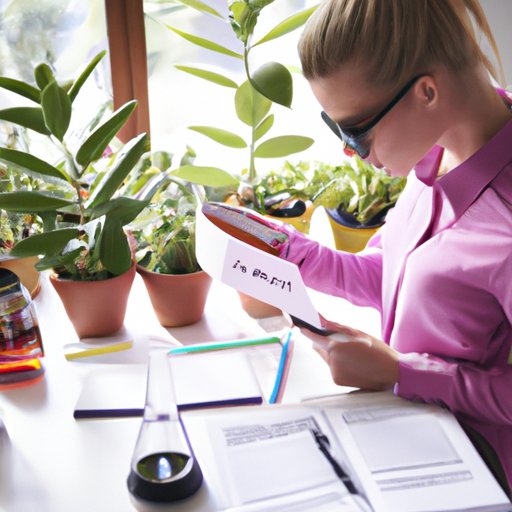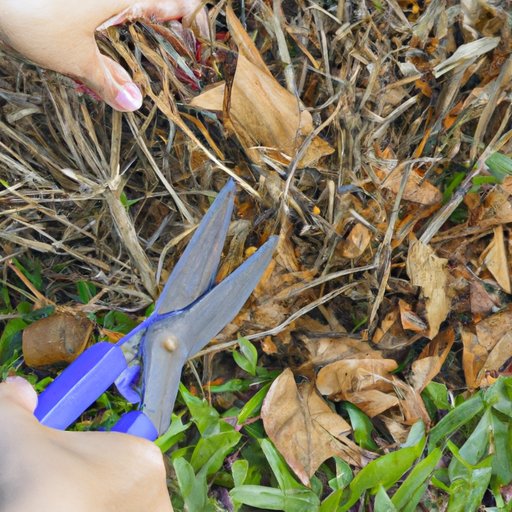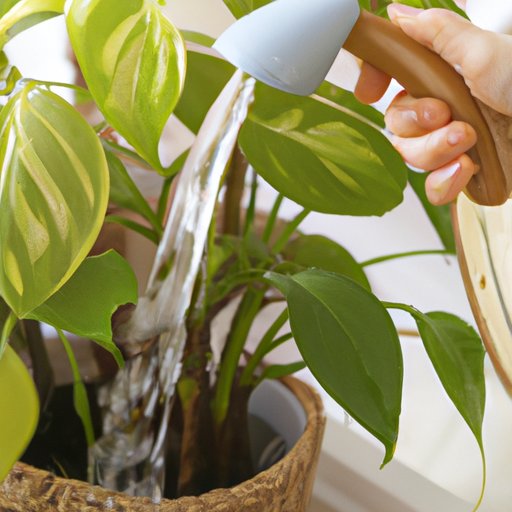Introduction
Indoor plants are a great way to bring life and color into your home. They can also help improve air quality and reduce stress levels. However, caring for indoor plants can be challenging if you don’t know what you’re doing. This article will provide an overview of how to care for your houseplants, so you can enjoy their beauty without worrying about their health.
Choose a Plant that is Suited to Indoor Conditions
The first step in caring for your indoor plants is to choose a plant that is suited to your climate and space. You should research different types of plants to find one that is suitable for your environment. Consider factors such as light requirements, temperature, humidity, and soil type. Once you’ve chosen a plant, make sure you understand its needs.

Research the Needs of Your Plant
Once you’ve chosen a plant, it’s important to research its specific needs. Identify its light requirements and determine how much water it needs. You should also learn about fertilizing your plant and whether or not it needs additional nutrients. Understanding your plant’s needs will help ensure it stays healthy and happy.
Provide Adequate Sunlight
Adequate sunlight is essential for most indoor plants. Place the plant near a window where it can get plenty of natural light. If direct sunlight is too intense, rotate the plant periodically to avoid over-exposure. If necessary, you can use grow lights to supplement natural light.

Water Regularly and Check for Signs of Stress
Most indoor plants require regular watering. Understand the soil moisture levels and adjust your watering schedule accordingly. Monitor the plant for signs of stress, such as wilting or yellowing leaves. If the plant is showing signs of stress, adjust the watering schedule or move the plant to a different location.
Use the Right Potting Soil
Using the right potting soil is essential for healthy houseplants. Select a soil type that is well-draining and appropriate for your plant’s needs. Amend the soil with compost or fertilizer as needed. Re-pot your plant if the soil becomes too compacted or depleted of nutrients.

Trim Away Dead Leaves and Foliage Periodically
Regularly inspect your plant for dead leaves and foliage. Trim them away to promote new growth and prevent disease. Prune the plant periodically to encourage maximum growth. Be careful not to trim too much, as this can damage the plant.
Conclusion
Caring for indoor plants can be a rewarding experience, but it requires knowledge and patience. Choose a plant that is suited to indoor conditions, research its needs, provide adequate sunlight, water regularly, use the right potting soil, and trim away dead leaves and foliage periodically. With proper care, your plants will thrive and bring life to your home.
(Note: Is this article not meeting your expectations? Do you have knowledge or insights to share? Unlock new opportunities and expand your reach by joining our authors team. Click Registration to join us and share your expertise with our readers.)
